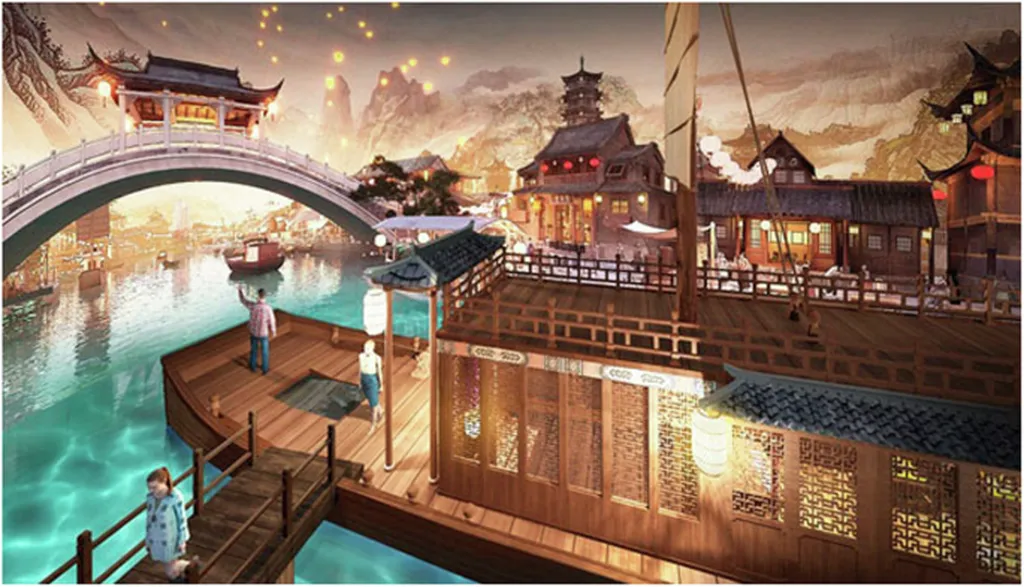In the heart of Kinmen, Taiwan, a quiet revolution is underway, one that bridges the gap between ancient craftsmanship and cutting-edge digital technology. Dr. T.-C. Wu, a professor at the Department of Civil Engineering and Engineering Management at National Quemoy University, is leading a project that could redefine how we preserve and transmit traditional skills, with potential ripple effects across industries, including energy infrastructure.
The focus of Dr. Wu’s research is the Han-style palanquin, a traditional artifact steeped in cultural and religious significance. “The palanquin is not just a structure; it’s a testament to the artisans’ understanding of aesthetics and structure, a balance achieved through non-linear, ‘decoration-first, structure-later’ workflows,” Dr. Wu explains. The craftsmanship, particularly the use of concealed mortise-and-tenon joints, showcases an “invisible interlocking” effect that has fascinated engineers and historians alike.
The project, detailed in a recent study published in the *Annals of the Photogrammetry, Remote Sensing and Spatial Information Sciences* (a publication of the International Society for Photogrammetry and Remote Sensing), employs 3D digital technologies to document and reconstruct the palanquin-making process. This digital preservation is not just about capturing the physical structure but also the intangible cultural heritage—the traditional procedures, artisans’ experiences, and orally transmitted technical knowledge.
The implications of this research extend beyond cultural preservation. In industries like energy, where infrastructure often blends functionality with aesthetic and cultural considerations, the integration of traditional craftsmanship with modern digital technologies could lead to innovative design and construction methods. For instance, the “invisible interlocking” technique could inspire new approaches to modular construction, reducing the need for standardized industrial techniques and fostering more flexible, adaptable designs.
Moreover, the creation of a comprehensive digital database serves as a valuable resource for education, cultural promotion, and academic research. It addresses contemporary challenges such as the loss of traditional skills and transmission discontinuities, establishing a foundation for the sustainable development of traditional Han craftsmanship.
Dr. Wu’s work is a reminder that the past and the future are not mutually exclusive. By embracing digital technologies, we can preserve traditional skills and adapt them to meet modern needs, fostering a more sustainable and culturally rich future. As industries continue to evolve, the lessons learned from this project could inspire new ways of thinking about design, construction, and the preservation of cultural heritage.

